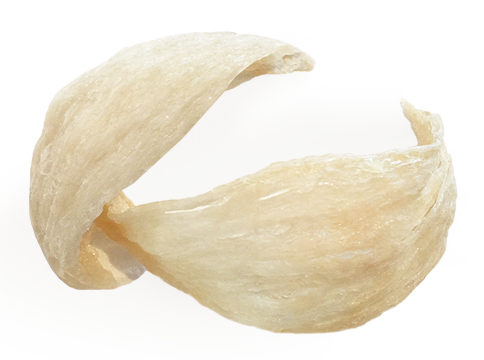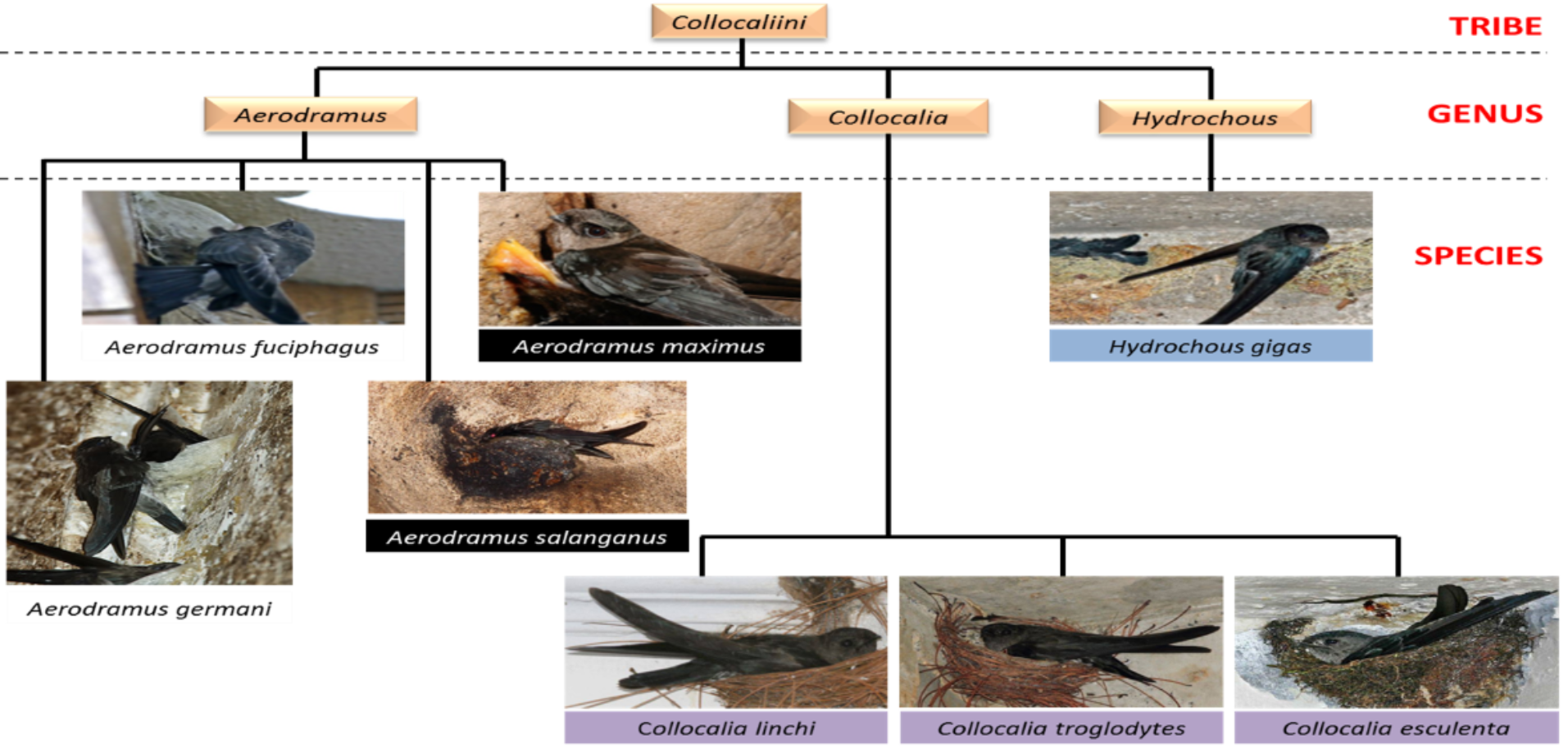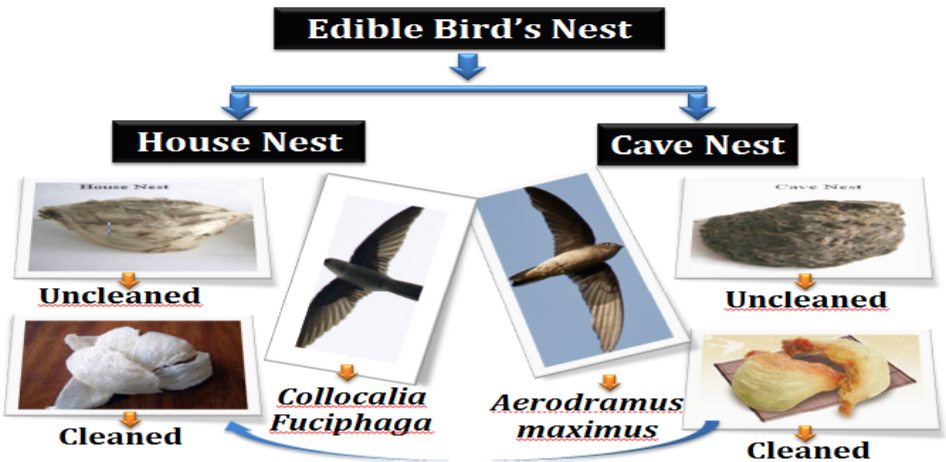Explore the world of Swiftlet
“An incredible Salivary Bioproduct from Swiftlets”
What is Edible Bird’s Nest ?
Edible Bird’s Nest (EBN), also known as “Yan Wo” (in Mandarin) and “sarang burung Walet” (in Malay) is one of the most valuable food in Chinese community. EBN is produced by the secretion of swiftlets and only Aerodramus fuciphagus and Aerodramus maximus species are known to be edible. EBN is one of the traditional healthy food with various benefits. Commonly boiled into bird’s nest soup by the Chinese community.
How is an edible bird’s nest made?
The saliva secreted from the sublingual salivary glands of swiftlets during nesting and breeding season is the main material used in the building of the nest. Generally, the sublingual salivary glands of swiftlets increase in weight from 2.5 to 160 mg, and reach their maximum secretory activity during nesting and breeding season. Nests are built using saliva as a cementing material for cementing material for binding feathers and other vegetation together. It also ensures a firm attachment to the vertical walls of inland or seaside caves.
Type of Swiftlets
Till the present day, there are no standardized nomenclatures used for naming swiftlets as no consensus has been reached among the researchers on the issue. To avoid confusion, the species of the Edible Bird’s Nest produced by swiftlets will be summarized in the figure below.
Type of Edible Bird’s Nest
Edible Bird’s Nest can be divided into cave nest and house nest. Cave nests are mainly harvested from natural caves, whereas house nests are made by swiftlets (Collocalia sp.) in the attic of countryside houses.
Nutritional Contents
Carbohydrates and glycoproteins are the major components of Edible Bird’s Nest apart from amino acids, fatty acids and some trace elements such as calcium, sodium, magnesium, zinc, manganese and iron. The composition of EBN makes it esteemed as a nutritional food.
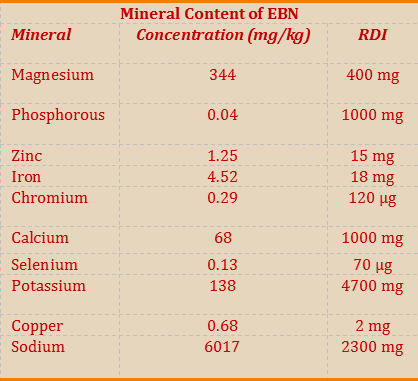
Mineral Content
Edible Bird’s Nest is rich with minerals, which is essential for the biochemical processes of our body system.
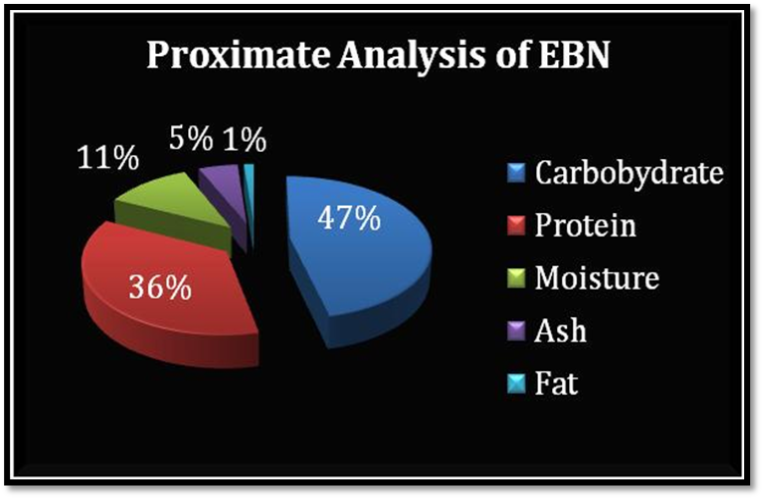
Proximate Analysis
Proximate analysis is done to characterize Edible Bird’s Nest components into carbohydrate, protein, moisture, ash and fat.
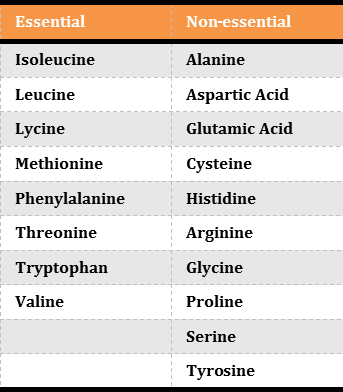
Amino Acids
Edible Bird’s Nest contains all 18 types of amino acids including 8 of the essential ones.
Swiftlet Ranching
Bird’s house needs to be built and designed with a similar environment to swiftlets dwelling cave to attract the birds to live and breed in it. By providing a calm, secure and undisturbed environment, the birds will return and stay to breed in the bird’s house. There are many requirements need to be considered for swiftlet ranching. Let’s explore!

Element to Consider
- Existing Swiftlet House Nearby/Competition
- Colony Settlement
- Feeding Ground
- Water Source
- Roving Area
- Flying Path
- Bird Call
- Sound system
- Lighting
- Power Backup unit
- Pest Control
- Swiftlet Attracting Scent
- Interior Cooling System

Surrounding Environment
-
Cold & dark
-
Calm & quiet
-
Undisturbed & secured
-
Suitable temperature & humidity

Are you ready to own a swiftlet premise?
Take note the following important criteria:
- Security
- Investment Return
- Maintenance/ Up Keeping
- Consultant
- Rule & Regulation
Health Benefits of Edible Bird’s Nest
EBN possess a lot of health benefits for people of all ages and gender.
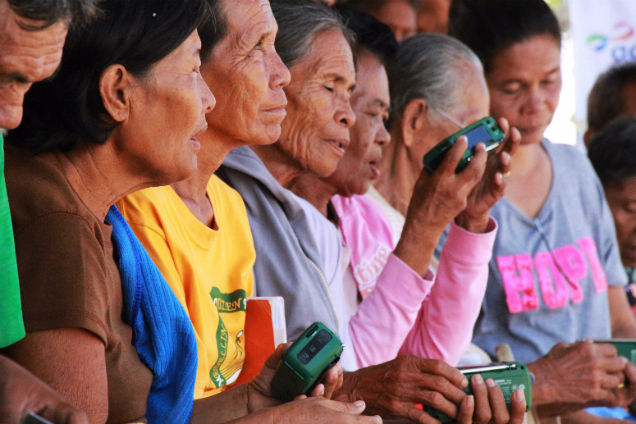
Elderly
- Maintain general health and well-being.
- Prevents cancer, aids in digestion and enhance appetite.

Women
- Improves organ performance.
- Smoother skin, fairer and more youthful and radiant.

Men
- Improves kidneys and strengthen the lungs.

Children
- Strengthen the immune system.
- Prevent common cold and flu.
- Reduce fatigue.
Choosing Good Quality EBN
Learn to differentiate between fake and genuine EBN
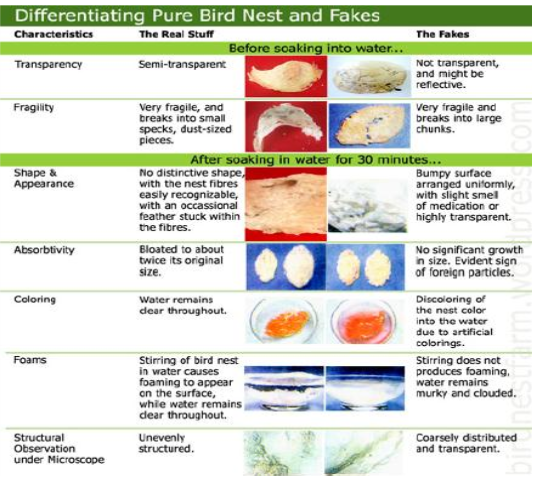
“Little by little, the birds make its nest”
Come and read more Edible Bird’s Nest Researches

Dr. Lee Ting Hun
Universiti Teknologi Malaysia
School of Chemical and Energy Engineering
EMAIL Me
leetinghun@utm.my

